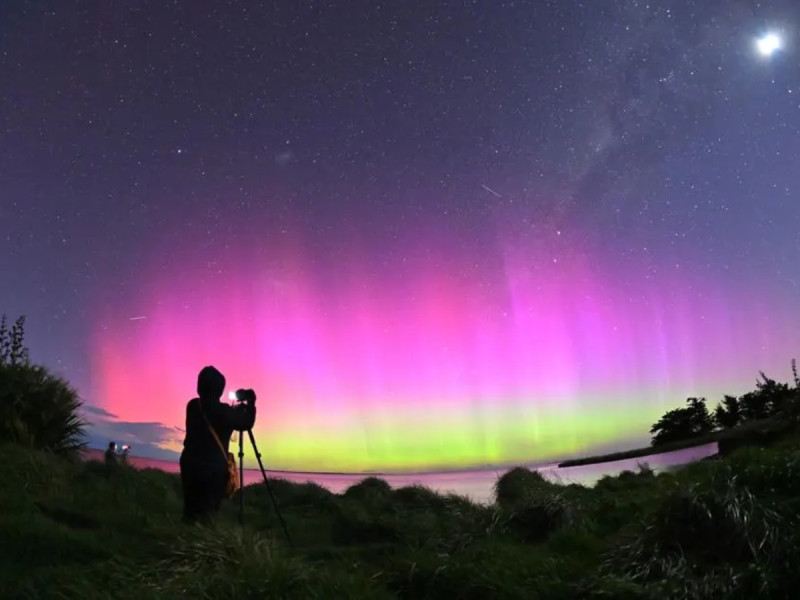A surge of solar activity is lighting up the night sky, bringing the northern lights—also known as the aurora borealis—within view for millions of Americans tonight. The NOAA Space Weather Prediction Center forecasts a Kp index of to, indicating a strong chance for auroras well beyond their usual Arctic haunts.
Where Will the Northern Lights Be Visible?.
The aurora is expected to be visible in northern states including Washington, Montana, Idaho, North Dakota, South Dakota, Minnesota, Wisconsin, and Michigan. There’s also a chance for sightings as far south as Iowa, Wyoming, New York, New Hampshire, Maine, and Vermont While Alaska and Canada remain top spots, rare displays may even reach parts of New Jersey, Massachusetts, and northern Illinois if conditions are ideal.
What Time Will the Northern Lights Be Visible Tonight?.
The best viewing window is after sunset and before sunrise, with peak activity anticipated between p.m. and a.m. local time The aurora is not visible during daylight, so darkness and clear skies are essential.
What’s Driving This Aurora Event?.
A recent solar flare triggered a geomagnetic storm, sending charged particles toward Earth and fueling tonight’s display The Kp index—a measure of geomagnetic activity—remains elevated, and the more negative the Bz value (a solar wind metric), the brighter and more widespread the aurora could become.
Tips for the Best View.
-
Head away from city lights for the darkest skies.
-
Look north, and keep an eye out for shimmering green, red, or purple bands low on the horizon.
-
Check real-time aurora maps and forecasts for updates as conditions can change quickly.
With the right weather and a bit of luck, tonight could offer a rare chance to witness the northern lights from unexpected locations across the U.S.

